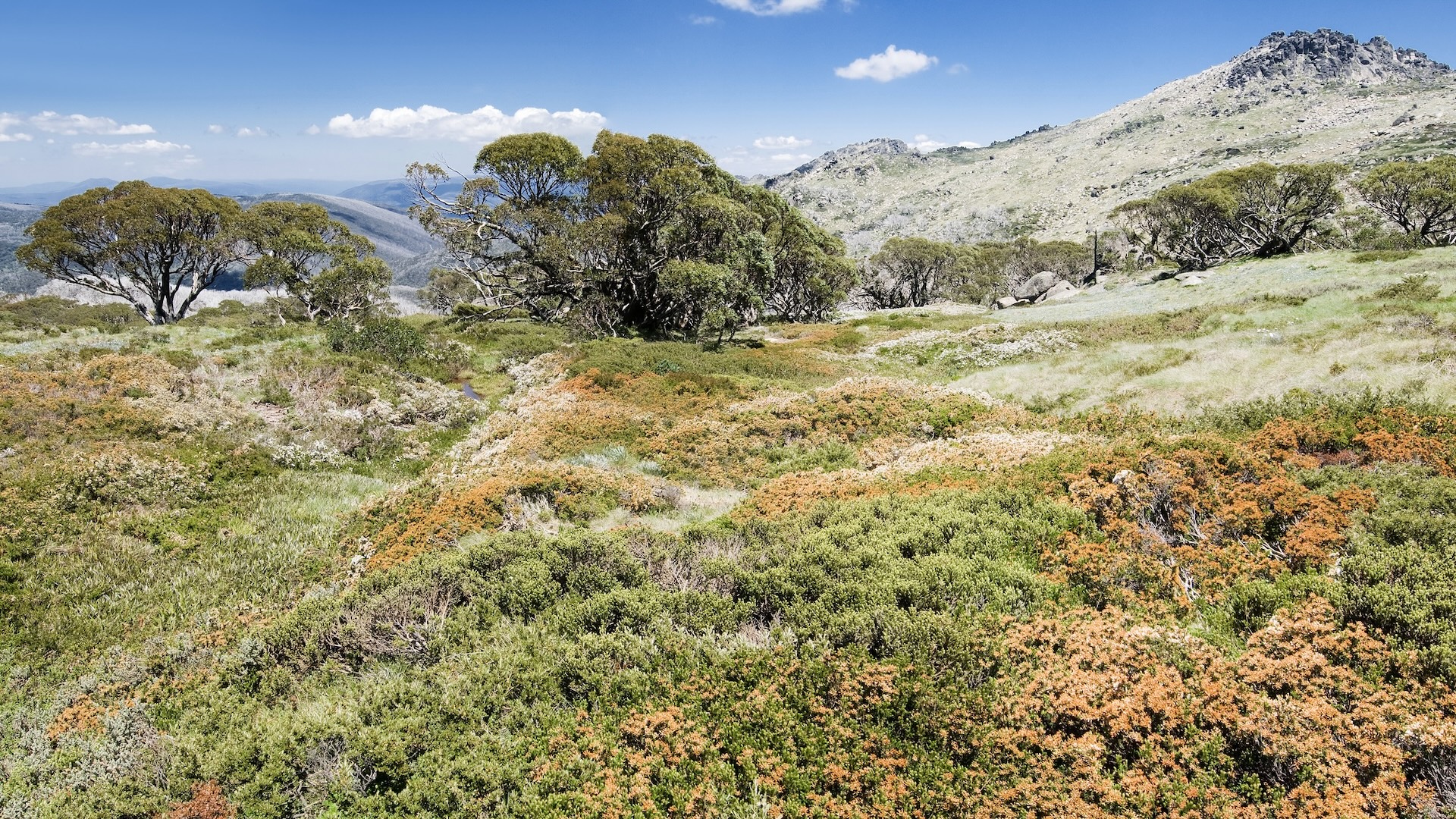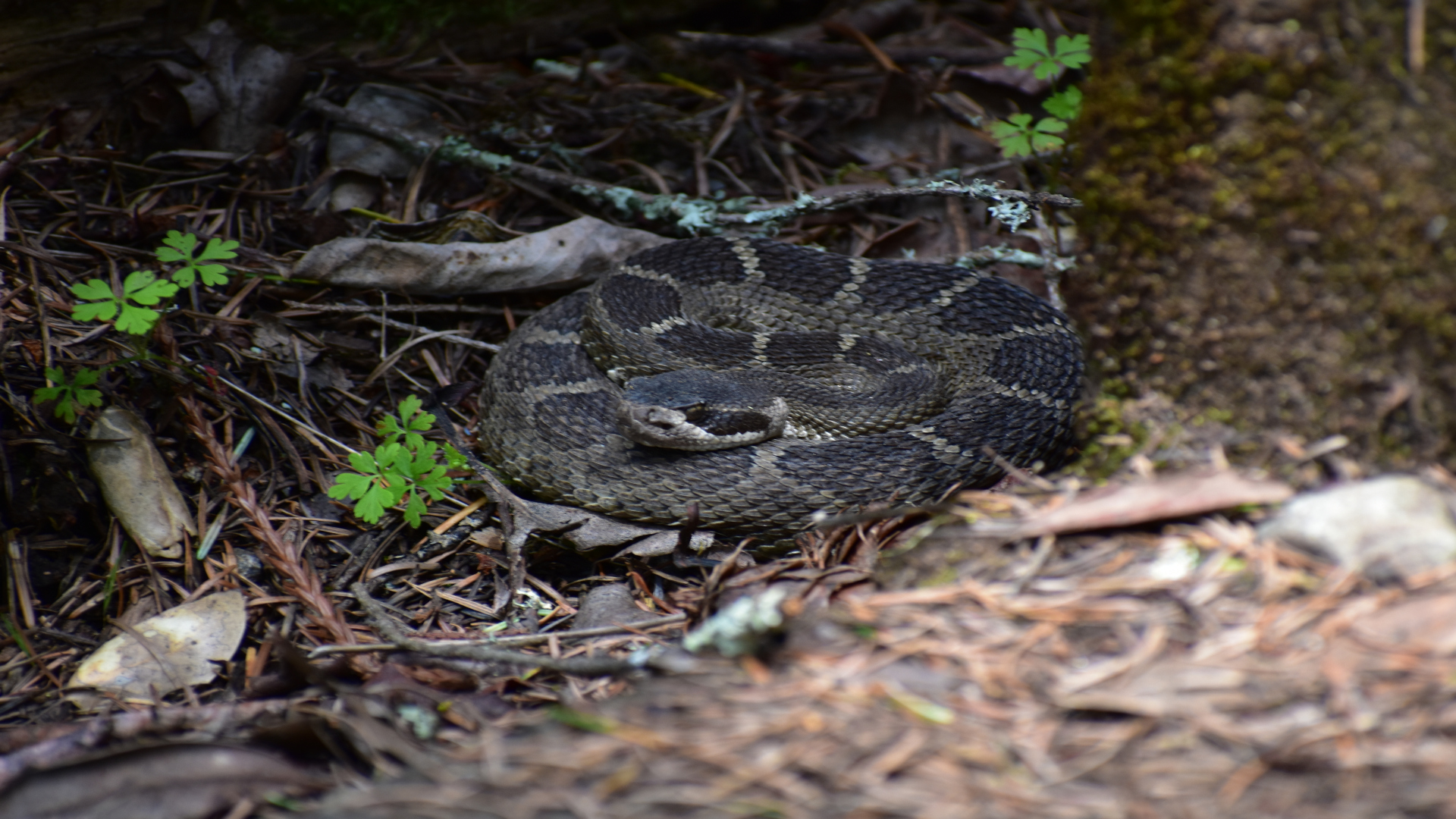
A wildlife photographer lost in a remote mountain area in southeastern Australia is lucky to be alive after being bitten by a highly venomous snake.
According to reporting by the BBC, the woman named Lovisa Sjoberg was reported as suffering from the potentially lethal venom of a “shy but aggressive” copperhead snake when she was rescued in the Snowy Mountains almost two weeks after she was last seen.
A huge search mission, which included a helicopter with infra-red capabilities, was described as like looking for a "pinhead in a haystack".
The 48-year-old was also dehydrated and had an ankle injury when New South Wales Police finally located her yesterday at Nungar Creek Trail in Kosciuszko National Park.
Supt Toby Lindsay tells the BBC Sjoberg had been "wandering [for] days" through "tough" bushland. He added: “She’s very fortunate to be alive... she obviously went through a tough time.”
A regular visitor to the area, Sjoberg documents wild horses living in the mountains. The alarm was raised that she was missing after the company she had rented a car from said the vehicle had not been returned.
Sjoberg is now reported to be in a “reasonable condition” and recovering in hospital although the outcome could have been a lot worse because the bite of copperhead snakes includes a powerful neurotoxin that can be fatal without medical intervention.

What to do if you see a snake on a trail
If you encounter a snake while hiking or running on a trail, it’s best to back away and wait for it to move away on its own – especially if it’s a venomous serpent like a rattlesnake. If you can identify the type of snake, that can help you understand how dangerous it might be. Do not throw rocks or prod it with a stick, because that will make it want to strike.
To avoid being bitten by a snake, wear high-top hiking boots and long hiking pants when hiking because the most common place for a snake to strike is the inner ankle area. The best course of action is to put a distance of at least a few large steps between you and the snake as soon as you see it.
When hiking in snake country, never step or put your hands where you cannot see and consider wearing gaiters for added protection. You can also use trekking poles to tap the ground in front of you before stepping into unknown territory. Learn more in our article on what to do if you see a snake on a trail.
For venturing into the backcountry, it's also advisable to carry a satellite messenger such as a Garmin InReach so that you can communicate with mountain rescue even without cell service.







